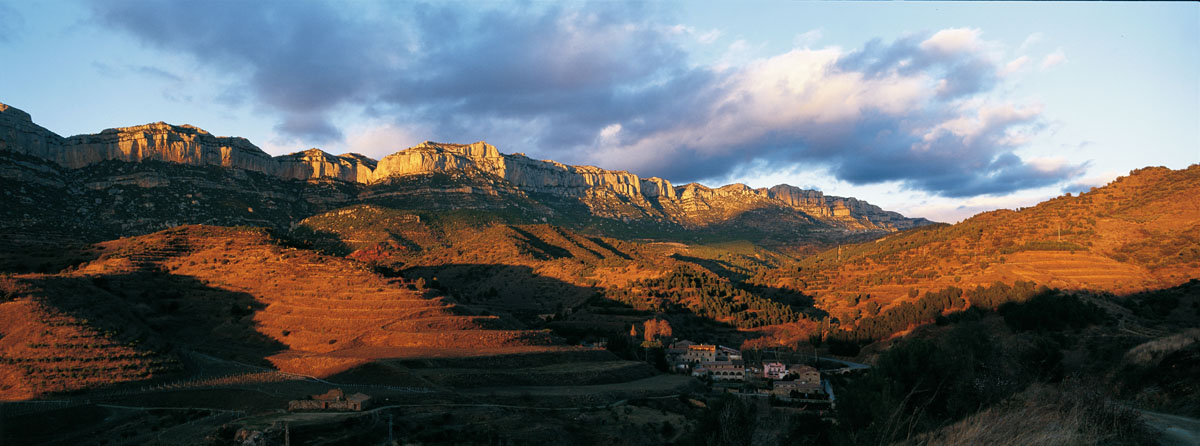On an overcast morning high in the hills of the Priorat region in northern Spain, I found myself faced with a dilemma: I had to decide which shoots to prune from the gnarled arms of a 60-year-old Garnacha grape vine. It was mid-May, and several young grape clusters — tiny, green beads that fitted neatly into the palm of my hand — dangled from the new canes. My guide, Jordi Miró, director of the wine-producing collective Vinicola del Priorat, had instructed me to pull off all but "the two strongest stems."
In the Priorat, an appellation known for robust red wines, the vines have to work hard. There's little rain in this rugged, mountainous area 120 km southwest of Barcelona, so the roots of the plants must push through the dry schist (what the Spanish lyrically refer to as llicorella) and dig deep into the soil to seek out moisture. Botanical exertions are matched by the efforts of the grape growers, many of whom practice organic farming and do everything manually. Although the field is small, pruning the plants takes roughly two weeks; harvesting requires extra labor and time.
"In some places, they have to use mules to plow because it's too dangerous for tractors," Miró told me. Like many of the vineyards in Priorat, the one we visited was planted on a treacherously steep slope. Once I'd puffed my way to the top, I marveled at the dizzying landscape of striated cliffs and hillside vineyards. Below us, a solitary farmer worked methodically through the rows.



